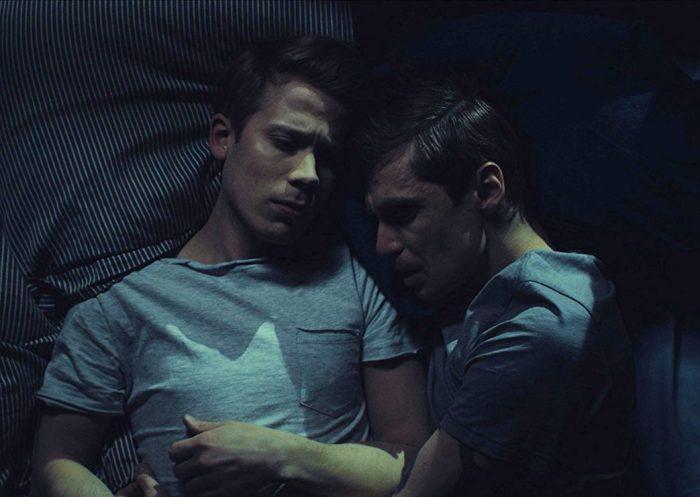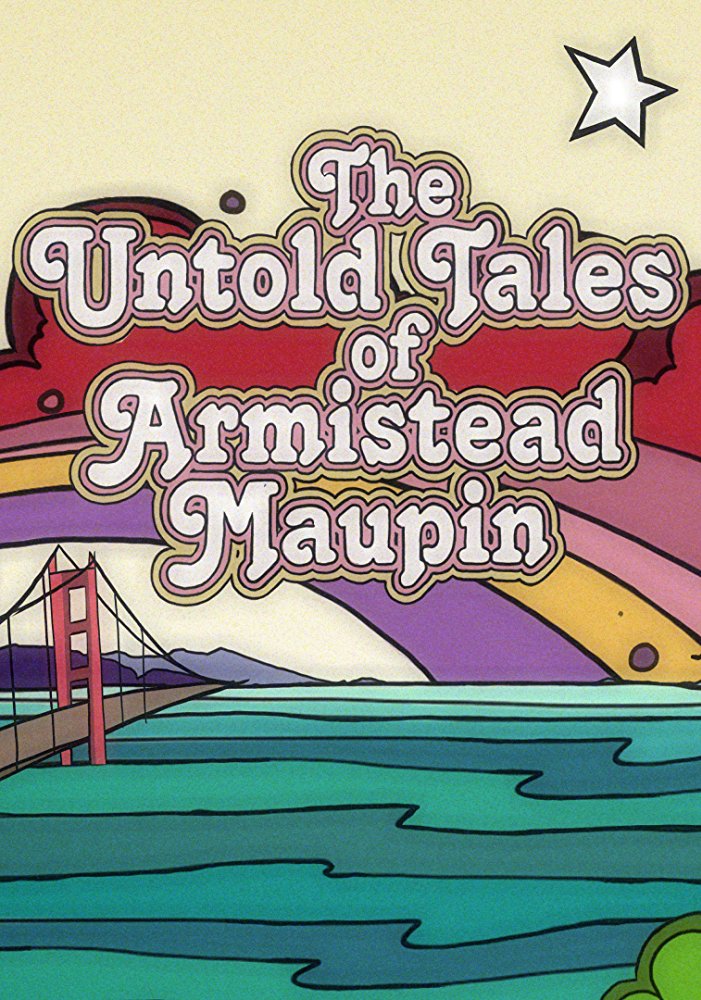At the start of director Parvez Sharma’s new film A Sinner in Mecca, Sharma recalls talking to a friend on a gay single’s website. The man, a Saudi Arabian, sends him a message: “I am so fucking afraid.” He describes to Sharma an execution he saw in the street as he was going to the market. Shots of the conversation intercut with clandestine footage of a street execution. Ominous music plays in the background. The Saudi man believes he was killed for being gay. “Please help me get out of this country. It’s Hell.” The scene ends with a shot of the man being beheaded.
Such is the introduction to a film that you’d think would be a startling and thought-provoking look into the lives of queer Muslims, judging only by its shocking and dramatic opening number. A Sinner in Mecca, which sees its premiere this week at Toronto’s HotDocs Festival, instead primarily features commentary from its director as he goes on a trip for his Hajj to Mecca. The Hajj, a pilgrimage to the holy Muslim city which annually attracts millions of visitors from across the globe, has always been clouded with a degree of secrecy due to its lack of access to non-believers. Even filming is banned in Mecca. Sharma says in the film his trip was particularly risky as he had no choice but to put himself back into the closet “both as a gay man and as a filmmaker.”
Though claiming that Sharma was at risk when he filmed his material provides great fodder for a dramatic trailer, it ends up feeling little more than a gimmick when actually put into effect. Whenever someone confronts him about using his camera, it seems more akin to a mild annoyance than a serious crime. At one point, we see in Sharma’s shadow that he’s clearly holding the phone up in plain sight as he records. Some of the people he films even smile and wave. There’s no doubt that being a queer person in Saudi Arabia comes at a great price, but to claim the same as a filmmaker feels slightly forced and more than a little manipulative.
That’s not to say that some of the material he records isn’t compelling. The film feels like a peering into a sacred, private moment. The ethics of this are questionable and the footage feels a tad uncomfortable as a result, but there’s fascinating material here nonetheless. Like the sequence in the Starbucks-donned mega mall the Saudis installed mere yards from the most sacred mosque in Islam. Or at the ill-prepared, garbage-infested camps where many of the millions of visitors stay during their visit. Some of the best moments come when Sharma turns off his microphone entirely and just lets the camera sit, sans narration. There’s a brilliant moment in particular when we see a variety of people going about their business – migrant workers mopping up the floor; a small group of women wearing sparkly yellow hijabs, slowly limping their way through the mosque. The scene is a minor moment of brilliance which, if just for a moment, provides a much needed second perspective to the material.
Mecca also benefits from a very well-structured narrative, which flows seamlessly from one segment to the next. It takes great editing skills to connect a mother’s death to same-sex marriage, to a trip to Mecca. Sharma and editor Alison Amron do so with ease, firmly establishing a culture that breeds a crippling and violent shame. That said, the focus of where to aim any derision remains unclear. At one point, Sharma remarks that his trip to Mecca ended up making him feel more distant to his religion than before. So should we blame this on the Saudi government, or on Islam as a whole? It’s never quite clear, and the ominous, borderline propagandist music he uses to underlay his footage doesn’t help.
There are many strong and compelling moments in A Sinner in Mecca, but the film’s greatest weakness unfortunately lies within Sharma himself. He relies too often on his own biased and simplistic narration that he all but erases the potential for any shades of interpretation. He never quite establishes why filming the Hajj is important either, or what it has to do with his experience as a gay man. In the end it really doesn’t, at least not in the world of the film. There’s potential greatness deep inside the footage of A Sinner in Mecca, if you can get past the oftentimes maddening lack of focus.


















